Lesson 52: Enclosures
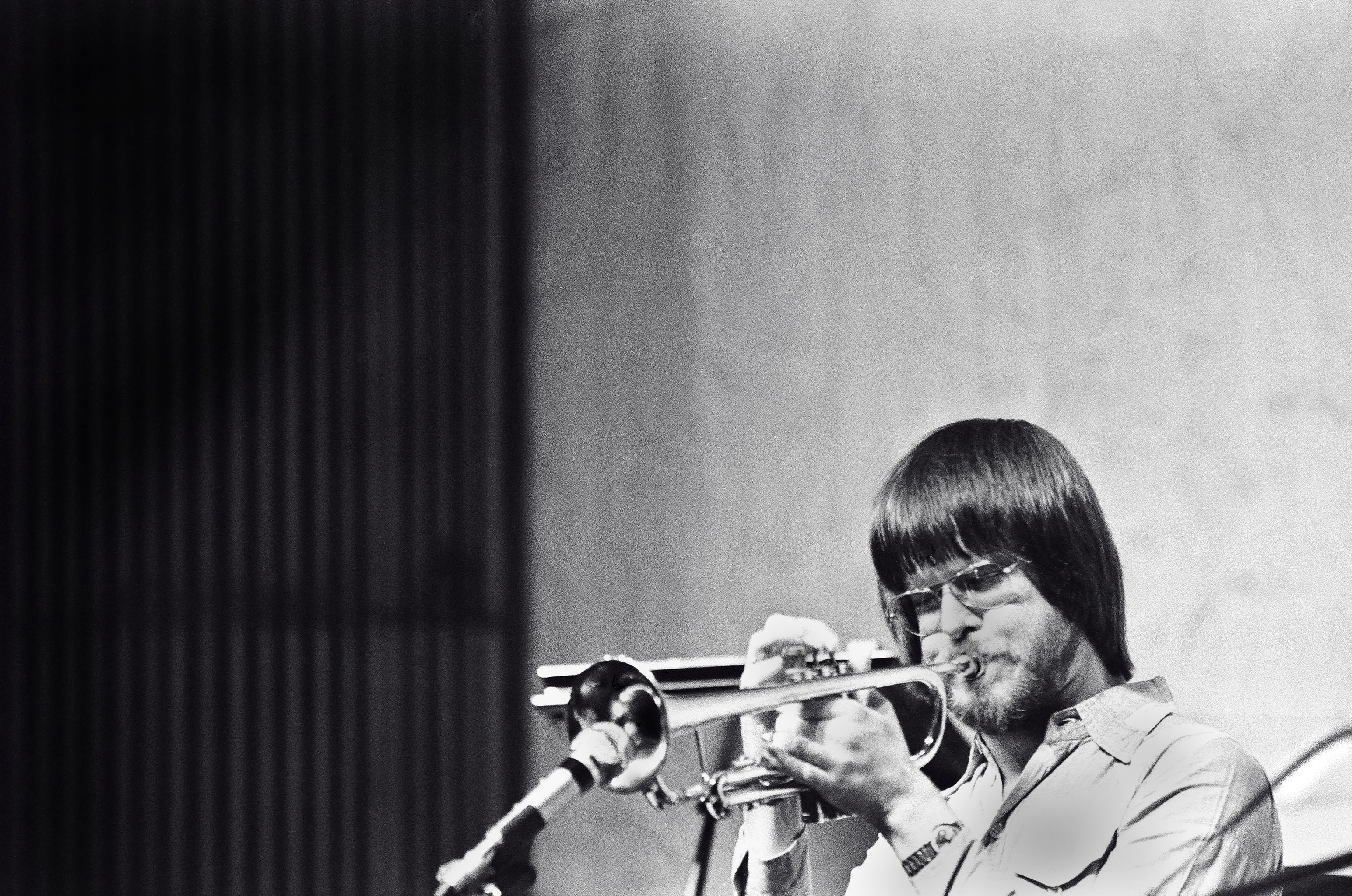
Chromatic and diatonic enclosures are a great way to begin working with melodic embellishment. In this exercise the 3rd of both a major triad (with an added 9) and the 3rd of a minor triad (with an added 9) are

Free Jazz Education and Music

Chromatic and diatonic enclosures are a great way to begin working with melodic embellishment. In this exercise the 3rd of both a major triad (with an added 9) and the 3rd of a minor triad (with an added 9) are

Finding melodies on a single note instrument that really bring out the sound of more complex types of harmony is often a challenge. Here’s a Major 7 #5 melody I found the other day while doing some slow improvisation. It’s

Here’s an easy way to begin to introduce some wider intervals into your improvisation while still maintaining melodic and harmonic integrity. This exercise uses a dominant 7th chord, and also includes it’s upper-structure tensions (9, #11, and 13). The melody
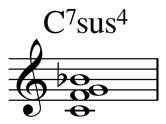
The sus4 chord can be found in most genres of music; blues, jazz, rock, classical, folk, hip hop, etc. In a normal C7 chord, the 4 notes are C (the root), E (the major 3rd), G (the 5th), Bb (the
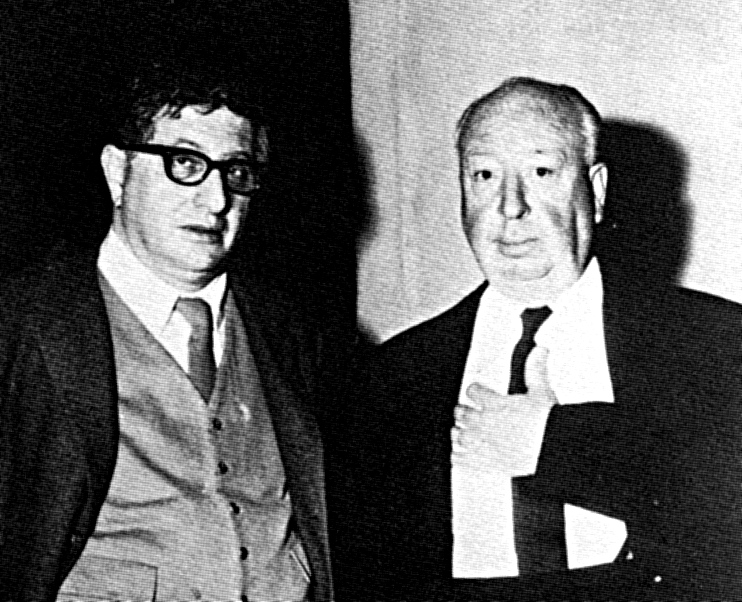
When starting out as an improviser, the half diminished 7th chord is often a difficult chord to hear and play over melodically. Even after working on it for years the half diminished chord can still be more challenging to sing
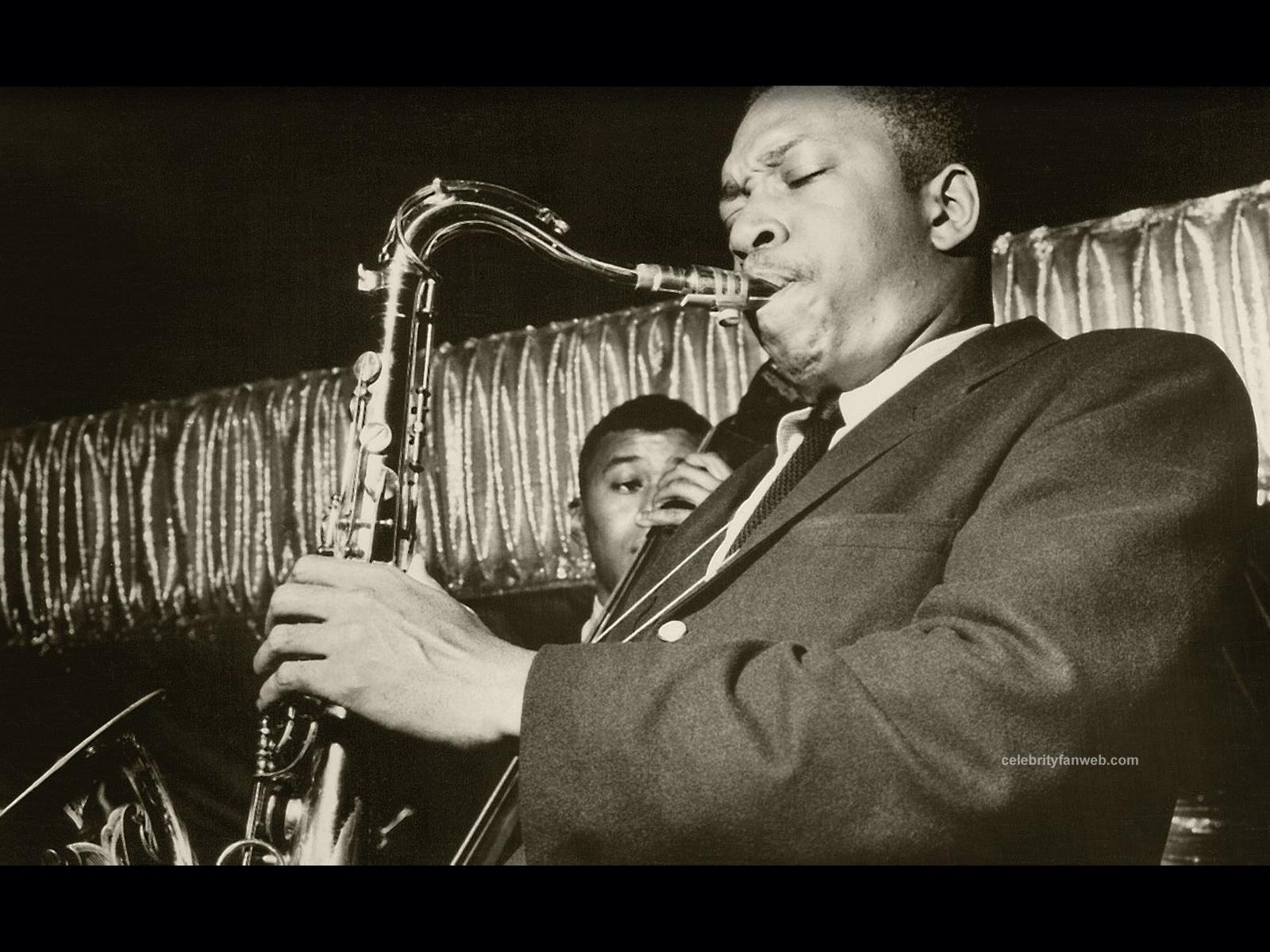
Here’s a short melody that uses all the notes from the Altered Scale (the 7th mode of the Melodic Minor Scale). While chord-scale theory can be a valuable part of learning to improvise, finding an actual melody, not just the
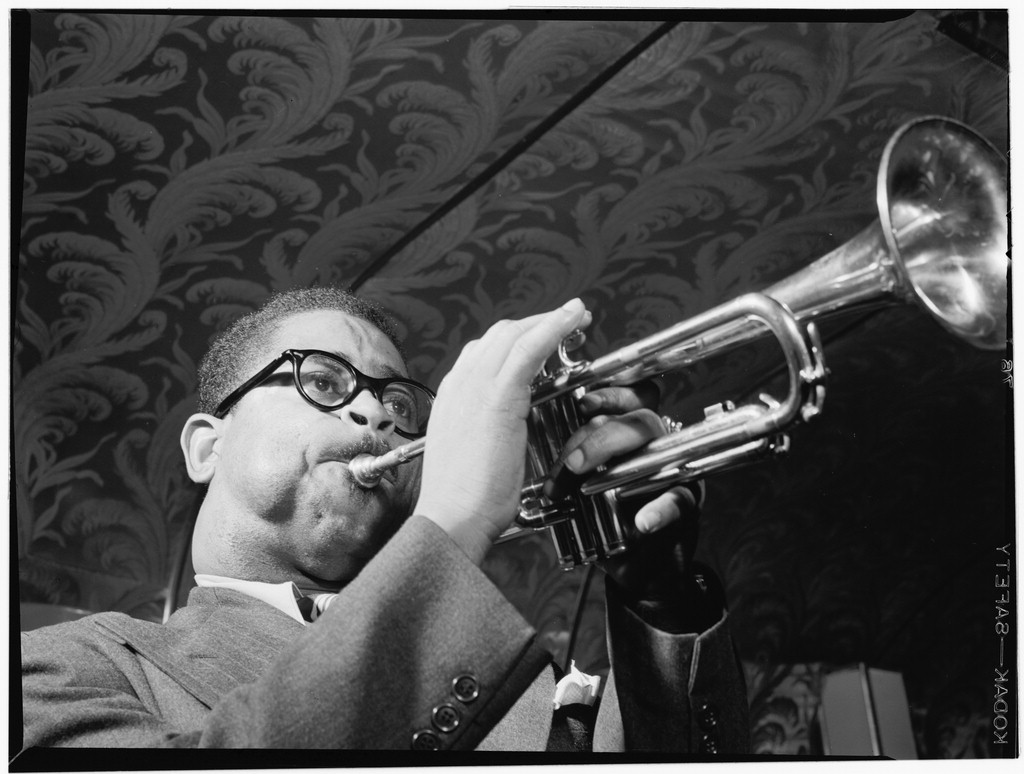
I always liked the introduction to the Dizzy Gillespie tune Bebop. A close friend and wonderful alto player Gabe Eaton and I learned this tune back in the early 90’s and played it frequently while living in Japan with our

Bird may be my all time favorite melodic improvisor. His sound, feel and ideas still seem fresh and alive and I enjoy him more and more the older I get. I’m always shocked when I put on a side I’ve

Here’s an intervallic diminished sequence that I wrote while in Leipzig on a short avant-garde tour in the late 90’s. We had many long days of doing nothing before the sound check and gig so I composed this short melody

The use of the “half -whole” diminished scale over a dominant 7th chord can create some interesting and complex sounds. This “octatonic” scale outlines specific tensions – b9, #9, #11 and natural 13. There are a lot of possibilities for
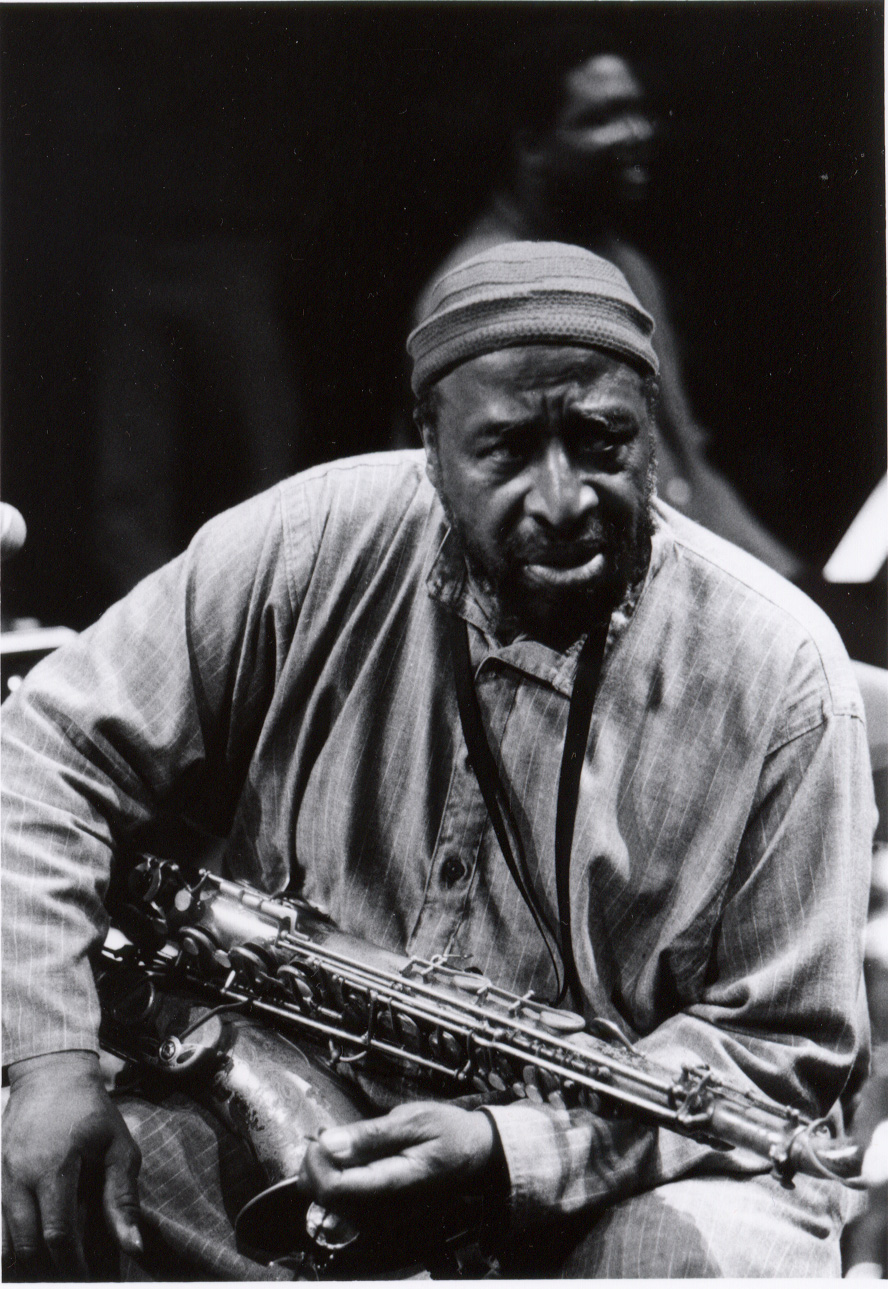
Sometimes working with a synthetic scale can be rewarding and help free you from your normal melodic ideas. I still have a 12 sided die from the Dungeon and Dragon days of the early 80’s and by assigning 12 notes

Oftentimes, as a single note improviser, it is difficult to recognize harmonic tensions by ear. For example, when playing just an A natural, it sometimes challenging to hear that note as a 13th on a major #5 chord or as